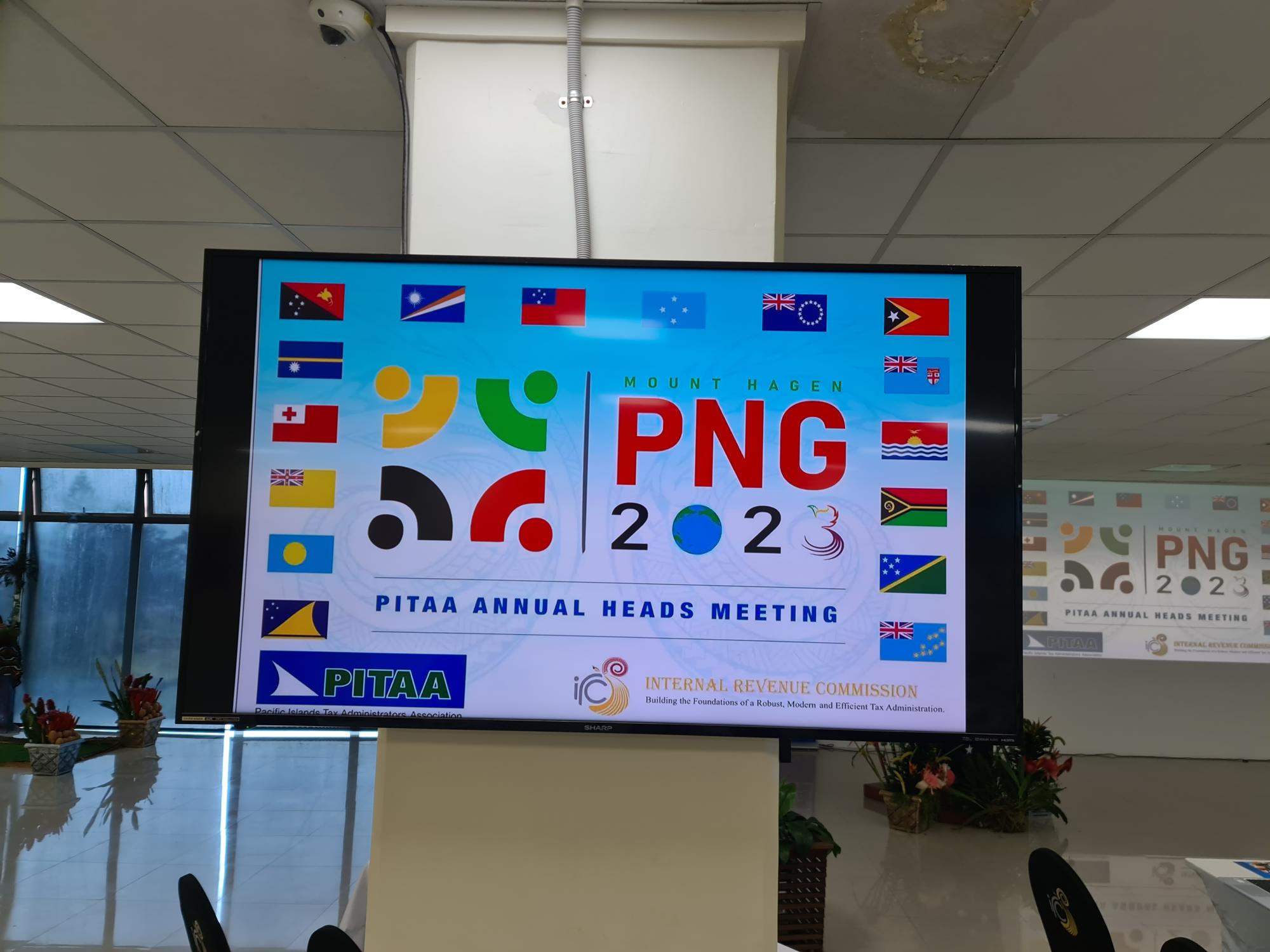Although not quite a novelty in any industry, it took a very long time for the world to embrace QR codes as a better version of barcodes. The popularity of QR code has been steadily rising in the last few years, but the COVID-19 pandemic definitely marked its new era.
A Brief History
QR code stands short for Quick Response code, and it was first developed in Japan in 1994. The subsidiary Toyota lab named Denso Wave was its first home. Unlike a barcode, made out of one-dimensional lines and storing only about 80 characters of data, QR code is two-dimensional and has the capability to hold 100 times more data.
The barcode was created some 42 years before QR code came into existence, and in spite of proving its worth, the world needed something new – a better replacement. So it is no wonder that Denso Wave started to mark their car parts with QR codes so they could be easier tracked.
Naturally, it took a while for QR codes to take off, at first they weren’t the standard and were more or less limited to industrial applications only. However, in 2010, this completely changed.
The reason why it took so long for QR code to become a standard was exclusively because of the user experience. To scan a QR code, a user had to download a specific app made just for this. Considering a QR code contains the information in the form of a URL, the hassle wasn’t enough.
Most of the media in the USA and Europe kept slandering QR codes as a hit-or-miss technology, failing to realize the potential it has, and just how important it would become within a decade in the future.
On the other side of the world, in China, QR codes have already become a standard in technology and many companies started using it for their payments. And in 2014, the West realized just how big the concept is. And the rest is history; many apps such as Snapchat, Spotify, and Facebook started using QR codes first, and the food industry followed. However…
TaxCore Knew Better
Even when the majority in the West didn’t embrace QR codes, Data Tech International saw their potential. We realized that the QR code could be a great ally in the fight against the grey economy, tax evasion, and Vat Fraud. Moreover, it is the perfect shield that protects consumers’ rights, if used correctly.

TaxCore implemented QR in a way that it would appear on every single receipt issued, containing all the important information. The QR code contains a URL, which when scanned, shows a customer the digital version of their receipt. The receipt issued is very clear, and a customer even has the option to report it, should there be anything seemingly irregular.
By scanning the QR code, consumers are indirectly helping the Tax Authority know if a business tried to hide it somehow, without forwarding it to them properly. Although, TaxCore makes sure that the chances of this happening are extremely small.
Touchless shopping – a vital ally during the pandemic
What seems to be even more important nowadays, is the fact that using QR codes allows for touchless shopping, especially in times of pandemic.
Even though receipts should always be issued to a customer, as demanded by laws in all the countries TaxCore successfully works in, this doesn’t need to be physical. There is always the option where a customer can simply scan the QR code with their phone and have the digital version of the receipt on it. Thanks to that, the chances of transmitting the virus become minimal. We can easily achieve this by using the “customer-facing screens.” As far as B2B transactions go, they can also be fully digital, eliminating the need for a paper invoice.
In addition to that, if businesses motivate their customers to switch to cards instead of cash, the chance of infection will be minimal, which is crucial for the current situation.
QR Code Is the Future
This year, QR code has truly proven its worth, making touchless shopping easier than anyone could have imagined. And even once the pandemic is over, there will be so many new situations where we can put this technology to good use. Data Tech International will keep exploring in an effort to finding out how to put new technology to good use.





